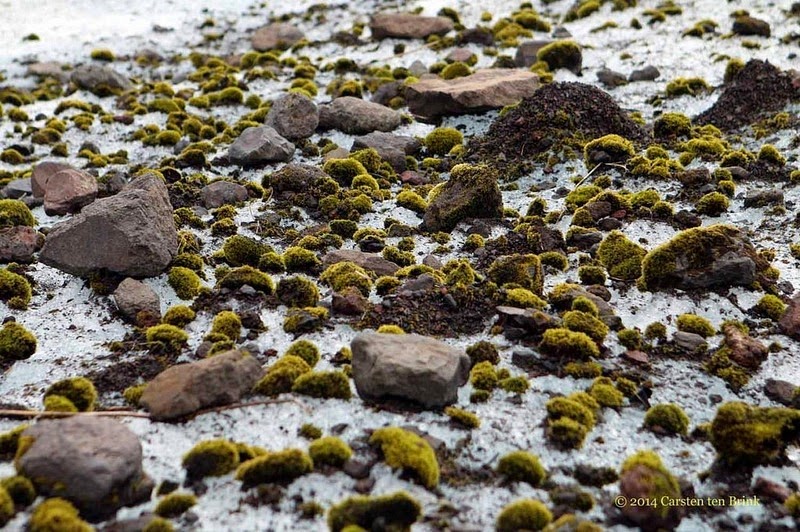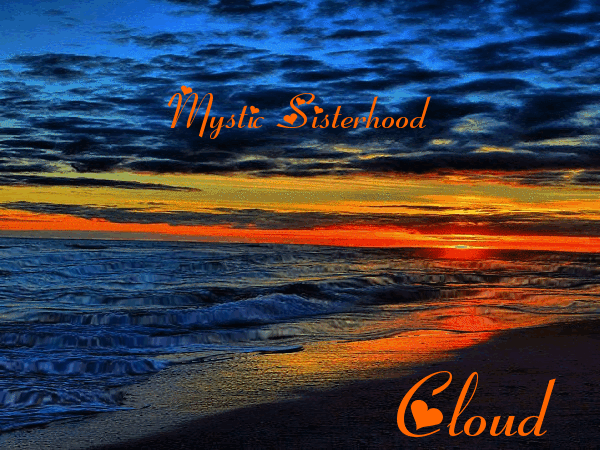The old proverb that states that “a rolling stone gathers no moss” has been passed along for so long that people generally believe that its literal meaning is true, but we only have to look at nature to see otherwise. While an actual rolling pebble might be hard to find in your backyard, they have been observed in plenty on glacier surfaces. High winds and the constant, if slow, motion of glaciers roll these tiny pebbles and dust around. And guess what? they are covered in moss on all sides. They are called Glacier Mice.
Glacier Mice form when moss starts growing around clumps of sand or a tiny rock lying on the glacier surface, and over time develops into a layer of moss. The moss continues to grow and insulates the glacier surface, resulting in the moss becoming elevated on a pedestal as the surrounding ice melts. Eventually, the moss falls from this pedestal which is then picked up by blasts of strong wind blowing across the glacier.
These clumps of dust and organic matter roll around the vast sheets of ice like tumbleweed and the moss ends up growing on all sides. After years of growth, the clumps look like mouse-size green balls of vegetal fluff, and thus their name. Glacier Mice have been mostly documented over glaciers in Iceland, North and South America and the Himalaya.
Source
Glacier Mice form when moss starts growing around clumps of sand or a tiny rock lying on the glacier surface, and over time develops into a layer of moss. The moss continues to grow and insulates the glacier surface, resulting in the moss becoming elevated on a pedestal as the surrounding ice melts. Eventually, the moss falls from this pedestal which is then picked up by blasts of strong wind blowing across the glacier.
These clumps of dust and organic matter roll around the vast sheets of ice like tumbleweed and the moss ends up growing on all sides. After years of growth, the clumps look like mouse-size green balls of vegetal fluff, and thus their name. Glacier Mice have been mostly documented over glaciers in Iceland, North and South America and the Himalaya.
Source

























